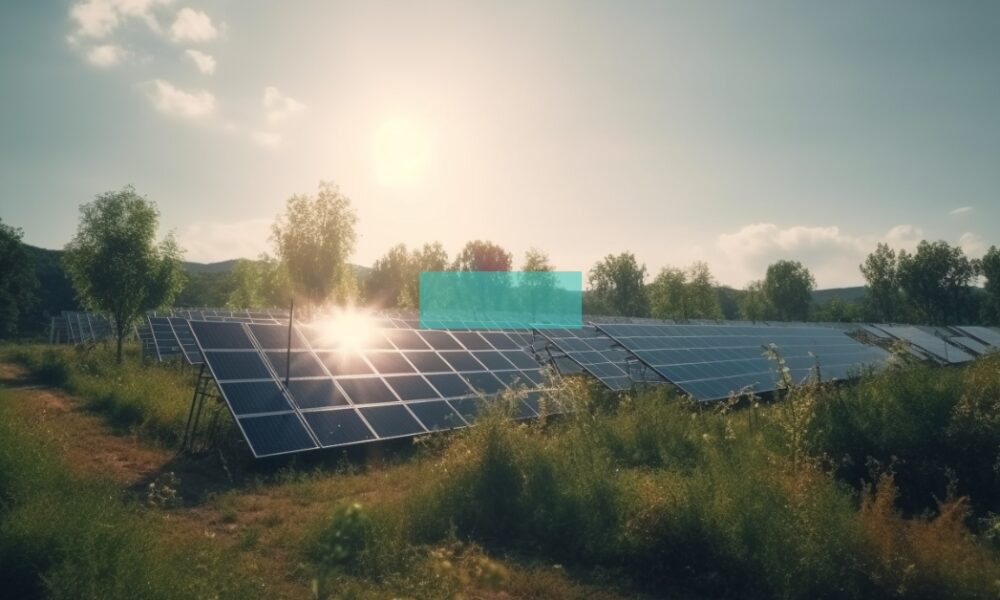Top UN Officials Resign Over The Organization’s Incapability To Protect Human Rights In Palestine
November 30, 2023

Solar power has become a very popular source of energy in the past years. With each year, more people and more states are beginning to rely more on these technologies to become greener and also save money. In this article we will tell you some of the most interesting facts and statistics about solar farms and solar power.
First of all, according to the Solar Energy Industries Association (SEIA), solar power has grown rapidly in the past years, and it has been forecasted that, over the next 10 years, the industry will grow five times larger than it is today. Thanks to the Inflation Reduction Act (IRA) more states can access green energies, helping them to move towards solar. Also, SEIA says that in 2022 the nationwide solar capacity exceeded 135,000 megawatts, enough to power 24 million homes.
Second, solar energy is generating a lot of jobs. According to a report by Market Watch Guides, there are more than 255,000 workers in the U.S. solar industry, and it’s rapidly growing. Solar power jobs are growing five times faster than the overall job growth rate in the U.S.
Another fact is that it would take approximately 22,000 square miles of solar panels to power the entire country, according to an article by Element’s Visual Capitalist. This is about the size of Lake Michigan, and it’s based on an efficiency of 13% to 14% for solar modules. If the solar modules could reach 20% efficiency in the future it would take about 10,000 square miles of solar farming to power the country, about the size of Lake Erie.
One final fact is that solar farms can be very useful programs for low-income households in the U.S. A solar farm doesn’t have to be an enormous compound, but it has to be a place that can generate energy for a community and can adapt to its needs, and that’s the thing about “community solar”. This is a project where people share a small or mid-size solar farm and receive credits that lower their monthly utility bills. Most of the users of community solar projects have been universities, businesses or agencies, but according to a report by Yale Environment 360 the people who could benefit the most for this type of project are low-income residents, who could gain access to renewable energy and lower utility bills
These were some of the facts and statistics of solar farms in the U.S. Every day, more people are contributing to increase these numbers.